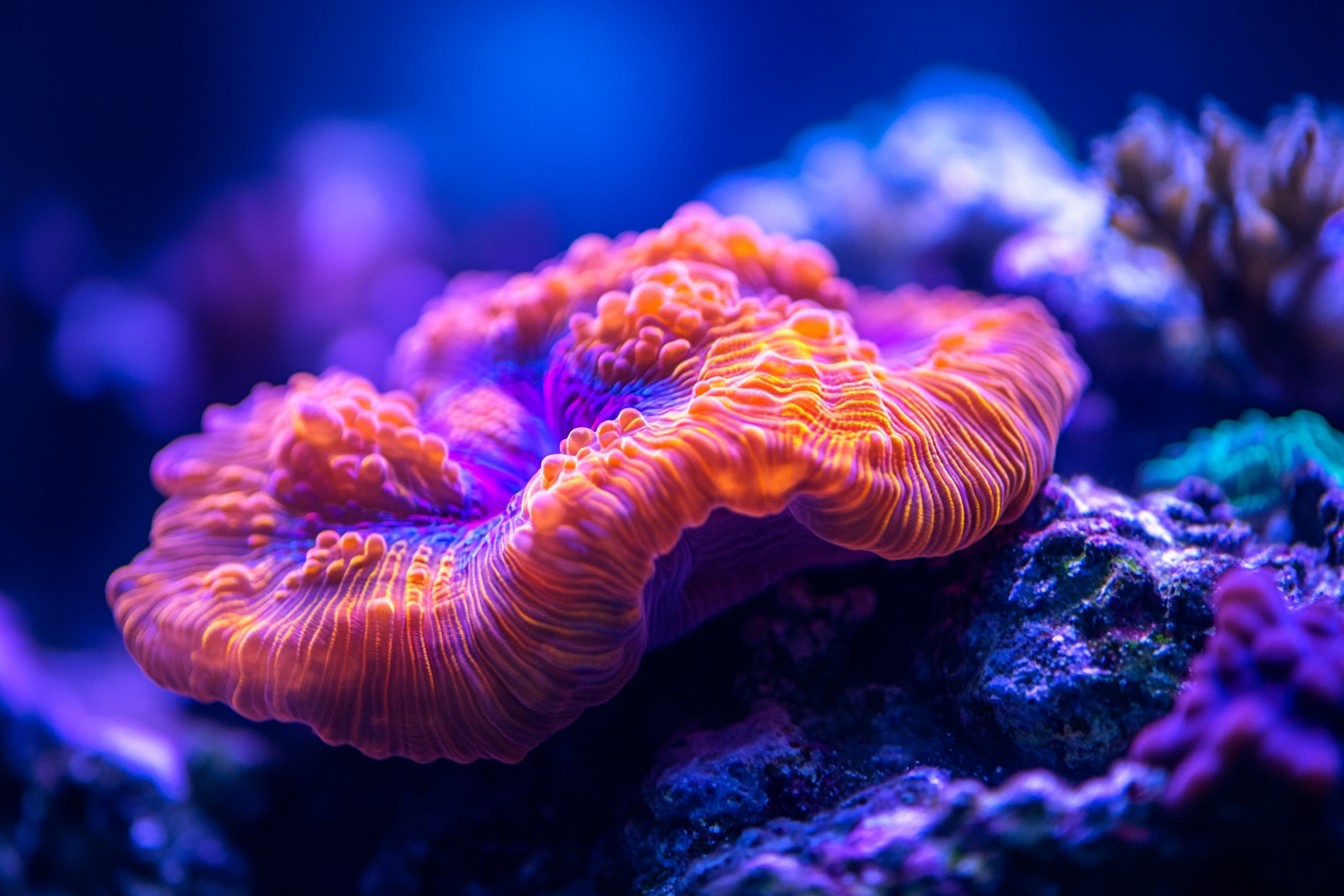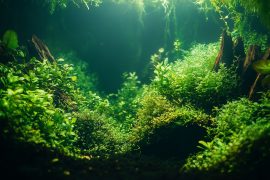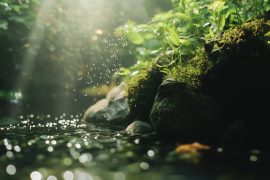My first reef tank was a disaster of epic proportions. After years of freshwater success, I figured saltwater would just be a slightly more complicated version of the same principles. Ha!
Three months, $1,200, and one massive equipment failure later, I found myself mopping saltwater off my hardwood floors at 3 AM while my roommate stood in the doorway, silently judging my life choices. The beautiful coral fragments I’d carefully selected had turned into expensive, colorless skeletons. The fancy clownfish—the one I’d named Ernest, like a complete rookie—was gone, presumably having jumped to his death rather than endure my amateur saltwater keeping skills for another day.
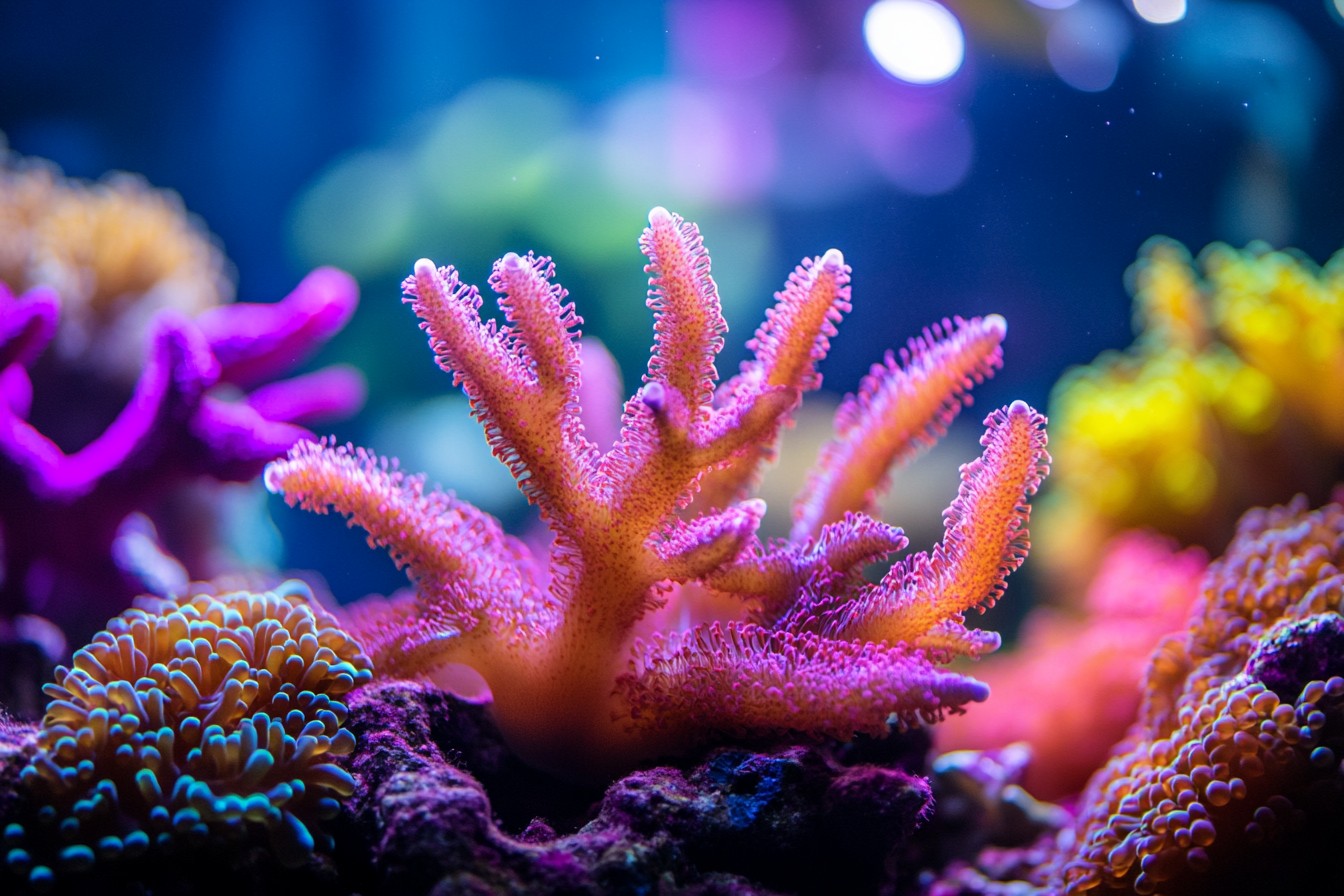
That humbling experience taught me what I now consider the cardinal rule of reef keeping: respect the learning curve. The gap between a successful freshwater planted tank and a thriving reef system isn’t a small step—it’s a chasm filled with expensive equipment, complex chemistry, and living creatures that make houseplants look hardy by comparison. Ten years and five reef tanks later, I’ve made every mistake possible and somehow emerged with enough knowledge to create and maintain stable, vibrant reef ecosystems.
My current 90-gallon mixed reef has been running for four years, housing corals that have grown from thumbnail-sized fragments into colonies that I regularly frag and trade with other reefers. The tank has survived two power outages, one controller malfunction, and my three-week absence during a family emergency. That kind of stability didn’t come easily or cheaply.
Let’s talk about equipment first, because reef tanks are technological beasts compared to their freshwater counterparts. My first reef failed partly because I tried to cut corners on equipment, using an underpowered skimmer and inadequate lighting. I’ve since learned that while you don’t need the absolute top-of-the-line for everything, certain components simply cannot be compromised.
Protein skimmers, for instance, are not optional for reef systems. My current Bubble King 200 seems ridiculously oversized for my tank, but that extra capacity means it runs efficiently without being pushed to its limits. The disgusting brown liquid it pulls from my pristine-looking water never ceases to amaze visitors.
“That came out of there?” they ask, pointing between the crystal-clear tank and the cup of concentrated organic waste. Yes, and removing that gunk before it breaks down into nitrates and phosphates is crucial for coral health. Lighting was my second expensive lesson.
Those beautiful, colorful SPS (small-polyped stony) corals you see in magazine-worthy reef tanks? They need serious illumination—far more than LED light fixtures designed for freshwater plants can provide. My first reef used converted plant lights, and while they looked bright to my eyes, they were wholly inadequate for photosynthetic corals that evolved under tropical sunlight.
I now run a hybrid system of T5 fluorescents supplemented with LED spotlights, a combination that provides both the broad spectrum coverage and the intensity needed for demanding corals. This setup wasn’t cheap—the lighting system alone cost more than my entire first reef attempt—but replacing dead corals would have been far more expensive in the long run. Water movement is another area where reef tanks differ dramatically from freshwater setups.
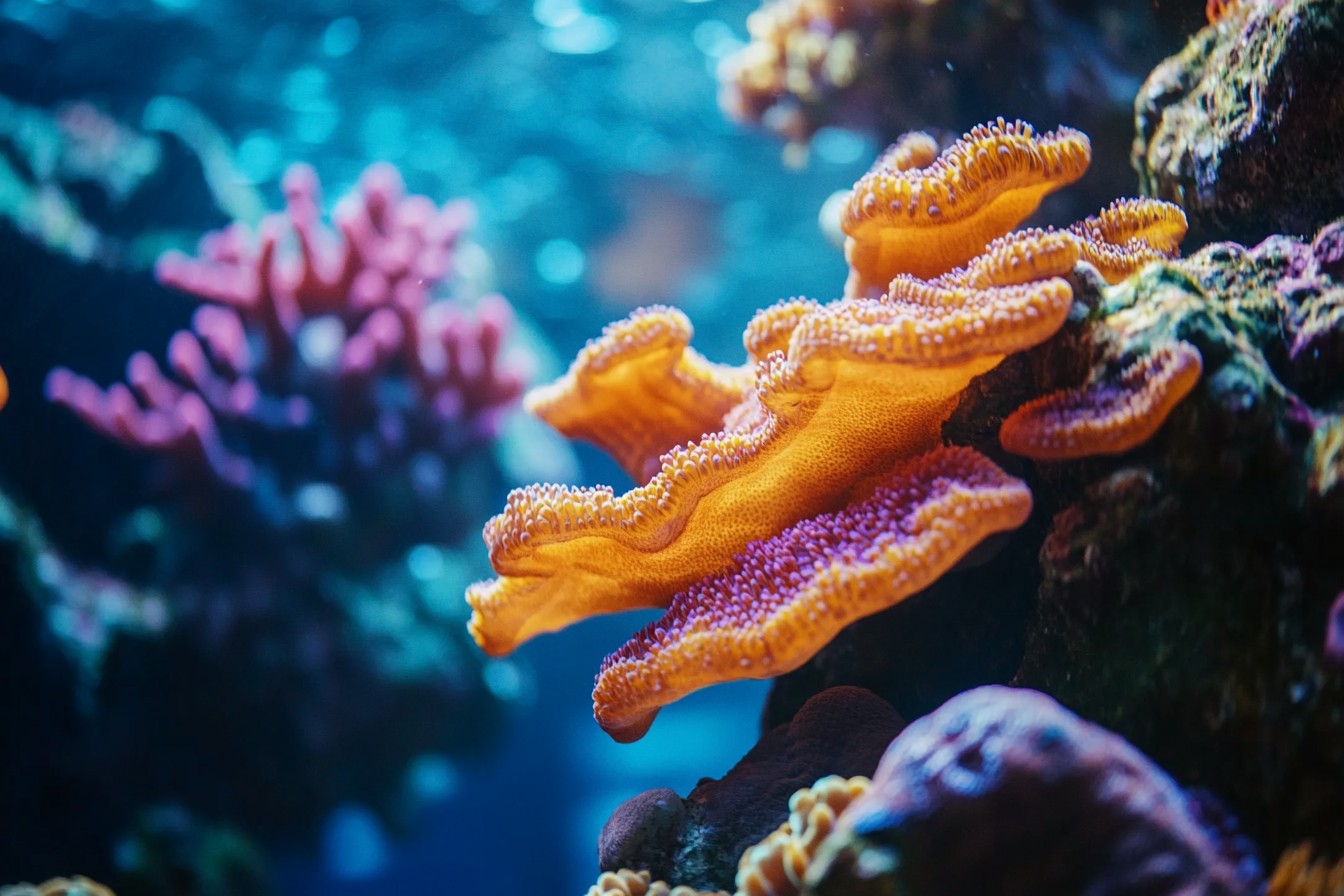
In nature, coral reefs experience tremendous water flow—far more than most hobbyists realize. My current system uses four programmable powerheads that create random flow patterns, preventing detritus from settling while simulating natural reef conditions. Finding the right balance took weeks of adjustment; too little flow and corals suffocate in their own waste, too much and delicate feeding structures get damaged.
I once set up a tank for a client who insisted on using a single return pump for circulation, against my advice. Three months later, I was helping him troubleshoot widespread tissue recession in his SPS corals. We upgraded to proper reef circulation, and the improvement was visible within days.
Beyond equipment, understanding coral placement is perhaps the most artistic aspect of reef keeping. Unlike freshwater plants that can be moved and rearranged relatively easily, corals become permanent fixtures once they attach to rock. Poor initial placement can lead to territorial aggression, accidental stinging, or slow starvation due to inadequate light or flow.
I sketch every reef layout before placing a single rock, considering not just the current size of coral specimens but their potential growth over years. That beautiful branching Acropora that looks perfect at the tank’s center? In two years, it could shade everything beneath it and grow dangerously close to the water surface.
The peaceful Cyphastrea currently keeping to itself? Once established, it may extend sweeper tentacles at night that can damage neighbors inches away. My worst aquascaping mistake involved placing a gorgeous Trachyphyllia (open brain coral) in what I thought was a perfect sandy spot, only to discover that the indirect, shifting sand disturbed by fish swimming nearby would constantly irritate its tissue.
The coral never thrived, and I eventually had to rehome it to a more suitable environment. The chemical balancing act of reef keeping deserves an entire book, but I’ll focus on what’s made the biggest difference in my success: consistency trumps perfection. Early on, I drove myself crazy chasing ideal parameters—testing multiple times daily and making micro-adjustments that probably stressed my system more than helped it.
Now, I maintain parameters within acceptable ranges and focus more on preventing rapid changes than achieving textbook-perfect numbers. That said, certain elements require more attention than others. Alkalinity (KH) maintenance has been the single most important factor in my SPS coral growth.
I use a calcium reactor to maintain stable alkalinity, which was initially intimidating to set up but has been remarkably low-maintenance once dialed in. Before that investment, I tried manual two-part dosing, which worked but required vigilant daily attention. The most unexpected aspect of successful reef keeping has been patience—both in the initial setup and in problem-solving.
My current reef took six months of cycling and maturing before I added the first coral fragment. That glacial pace felt excruciating after the instant gratification of freshwater planting, but it established a biological foundation that’s kept the system stable through challenges that would have crashed an immature tank. This patience extends to handling inevitable problems.
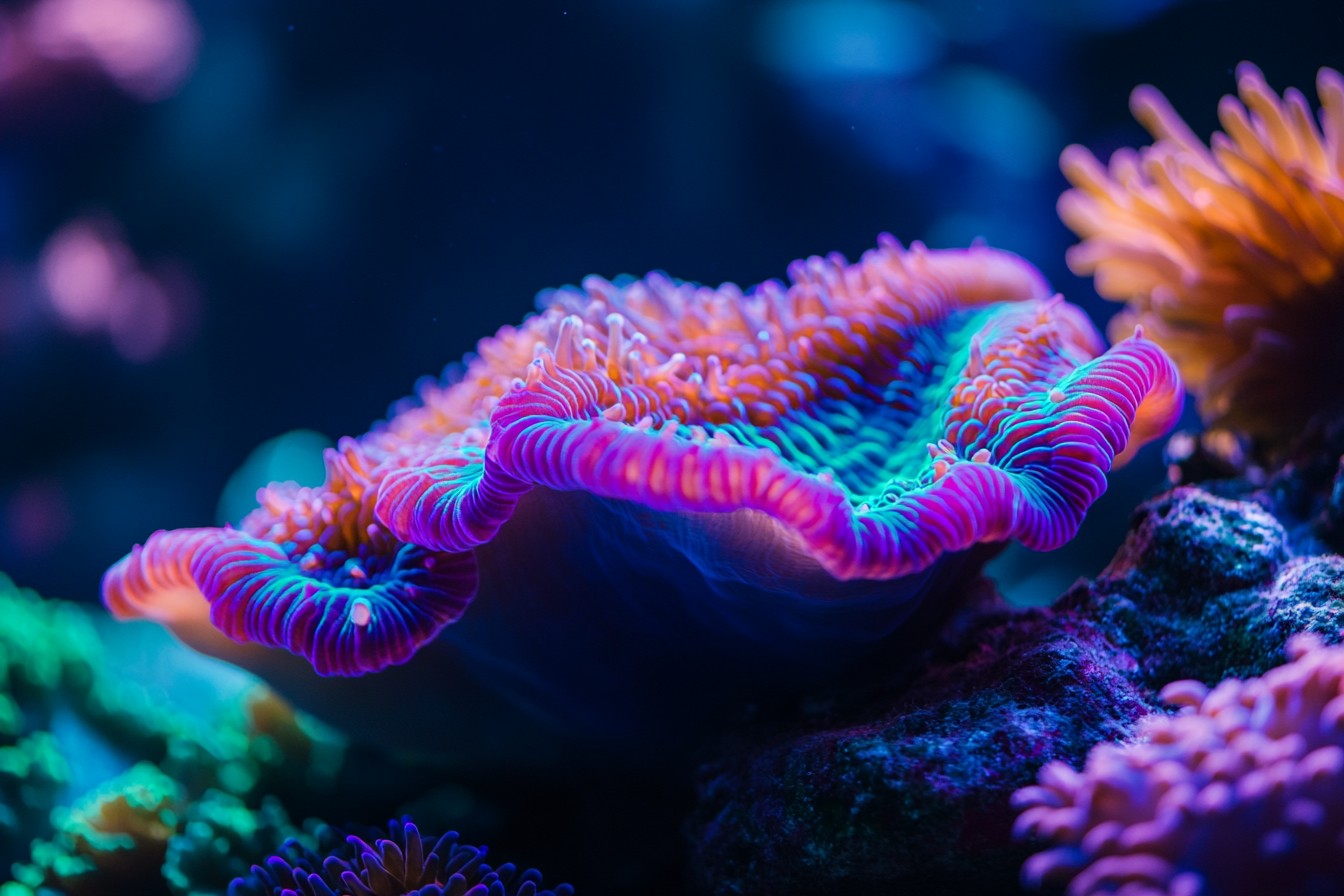
When my prized Acropora suddenly showed polyp recession last year, my first instinct was to spring into action—adjust lighting, test for parasites, try chemical treatments. Instead, I forced myself to observe for 48 hours while making minimal changes. The coral stabilized and eventually recovered without intervention, likely responding to a minor water chemistry fluctuation that corrected itself.
Coral selection is where many reef keepers go wrong, myself included. My first tank contained a hodgepodge of whatever looked appealing at the store—SPS corals demanding intense light alongside LPS species that prefer moderate illumination, aggressive flowerpot corals next to passive mushrooms. This approach creates a tank with irreconcilable demands, where optimizing conditions for one group necessarily harms another.
I’ve since embraced the “biotope” approach, focusing primarily on SPS corals with similar care requirements. This specialization allows me to fine-tune conditions specifically for these demanding species without compromising. The visual result is more cohesive as well—my current reef mimics an upper reef slope environment, with branching and plating Acropora species creating a natural-looking seascape.
For those starting their first reef, I strongly recommend beginning with hardy soft corals like leathers, mushrooms, and zoanthids. These forgiving species can survive the learning curve while you master the fundamentals of saltwater chemistry and equipment maintenance. My most successful client tank began with only mushroom corals and gradually transitioned to mixed LPS species as the owner gained confidence and experience.
One aspect of reef keeping that’s transformed my success rate is viewing the tank as an ecosystem rather than a collection of specimens. Every addition or removal affects the overall balance. That gorgeous angelfish might control your bubble algae problem, but it could also nip at coral polyps when you’re not watching.
The cleanup crew needs to be proportional to the bioload and feeding schedule, not based on some generic “one snail per gallon” recommendation. The feeding approach for reef tanks also differs dramatically from freshwater systems. Beyond feeding fish, many corals benefit from targeted feeding, particularly LPS species with large polyps.
My feeding routine includes broadcast feeding of fine particle foods for SPS corals, target feeding meaty foods to LPS species, and even “feeding” the water column with amino acids and other nutrients that benefit both corals and the microfauna that support them. When I finally succeeded in creating a stable, thriving reef, the most surprising reward wasn’t the vibrant colors or growth of the corals—though those are certainly satisfying. It was the emergence of a complex ecosystem beyond what I had explicitly added.
Tiny brittle stars appeared from live rock, colorful copepods danced in the water column, and mysterious beneficial organisms established themselves in the substrate. These indicators of a healthy, balanced system are more meaningful to me now than any individual coral specimen. The journey from my first saltwater disaster to my current reef has been expensive, frustrating, and occasionally heartbreaking.
It’s also been incredibly rewarding. There’s something profound about creating and maintaining an ecosystem so distant from our terrestrial experience, where success is measured not just in survival but in growth and reproduction of organisms that most people only ever see through glass at public aquariums. If you decide to take the plunge, approach the learning curve with humility, the equipment with adequate funding, and the living creatures with the respect they deserve.
